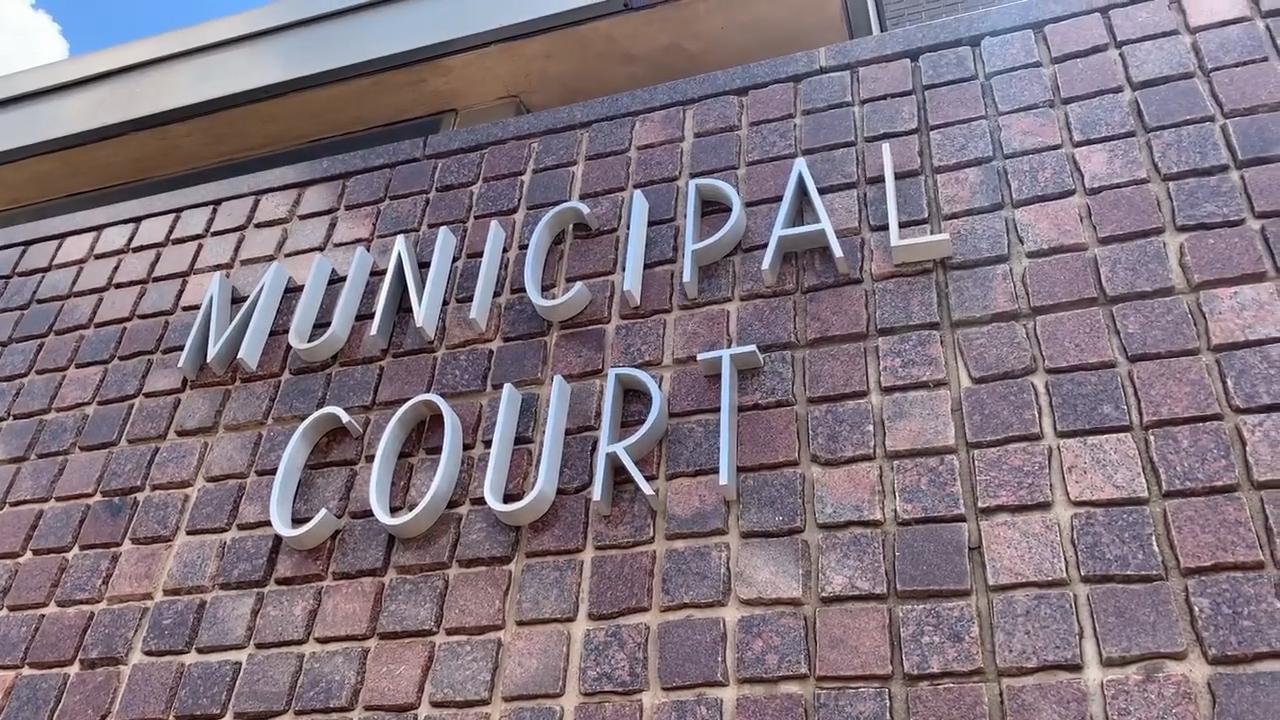After two celebrities have taken their own lives in the past week, suicide has been a topic of conversation across the world.
Suicide rates in the US have increased by more than 25% since 1999. Suicide was the 10th leading cause of death in 2015, according to the US Centers for Disease Control and Prevention.
Suicide rates are also rising worldwide, with some one million people dying annually from suicide. The World Health Organization estimates a global suicide rate of one death every 40 seconds, which by 2020 they predict will increase to one every 20 seconds.
With this rise in suicides, many are asking “What can I do to help someone who may be suicidal?” The answer: if you see something, say something.
Robert Grier, owner and professional counselor at Cogito Mental Health Service, says that by acknowledging the changes you are seeing in someone or yourself, this could be the difference between life and death.
“We often can be concerned about doing more damage by asking questions, but it is likely that you cannot do more damage,” Grier said. “If it is important enough to ask the question, it is important enough to seek professional help.”
Grier said that he runs through a checklist to determine if someone is suicidal.
“If I find out that somebody in the person’s life has committed suicide, that is a strong data point. A traumatic event is a strong data point, any significant life event that the person is presenting saying they are baffled and are running out of solutions to their problems.”
If you or someone you know might be at risk of suicide, there are ways to help:
Call 1-800-273-8255 to reach the National Suicide Prevention Lifeline. It provides free and confidential support 24 hours a day, seven days a week for people in suicidal crisis or distress. You can learn more about its services, including its guide on what to do if you see suicidal language on social media. You can also call 1-800-273-8255 to talk to someone about how you can help a person in crisis. For crisis support in Spanish, call 1-888-628-9454.
For the TrevorLifeline, a suicide prevention counseling service for the LGBTQ community, call 1-866-488-7386.
If you suspect someone may be at risk:
1. Do not leave the person alone.
2. Remove any firearms, alcohol, drugs or sharp objects that could be used in a suicide attempt.
3. Call the U.S. National Suicide Prevention Lifeline at 1-800-273-TALK (8255).
4. Take the person to an emergency room or seek help from a medical or mental health professional.
Source: American Foundation for Suicide Prevention.
Text HOME to 741741 to have a confidential text conversation with a trained crisis counselor from Crisis Text Line. Counselors are available 24/7.
The American Foundation for Suicide Prevention aims to improve awareness by hosting conferences and community walks for survivors and their families.
For online chat, the National Suicide Prevention Lifeline provides a confidential chat window, with counselors available 24/7.
Boys Town also provides counselors for a youth-specific online chat. It is available every Monday through Friday between 6 p.m. and midnight in the Central time zone.
Getting help around the world:
For support outside of the US, a worldwide directory of resources and international hotlines is provided by the International Association for Suicide Prevention. You can also turn to Befrienders Worldwide.
Another way to help is by supporting the nonprofits that provide suicide counseling, prevention, and education. Volunteers are needed, and some train to become counselors.



























